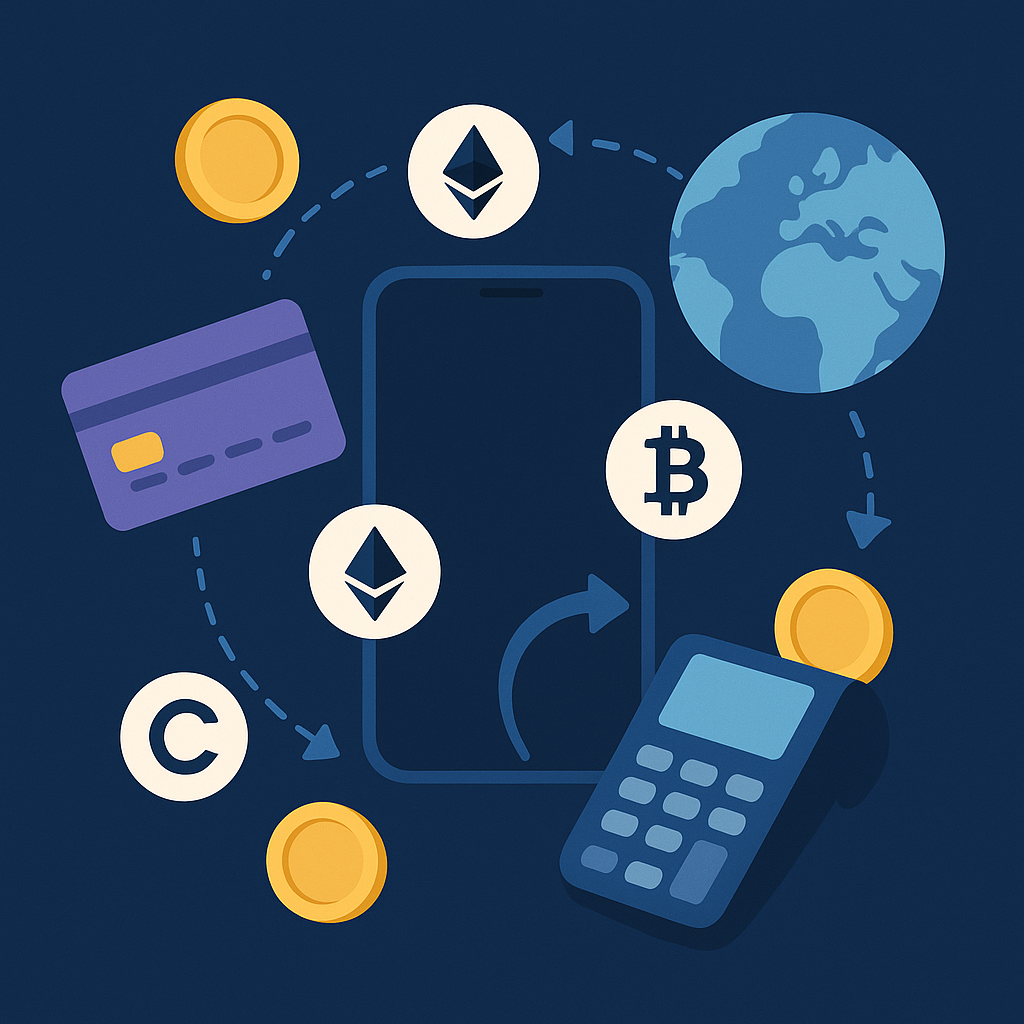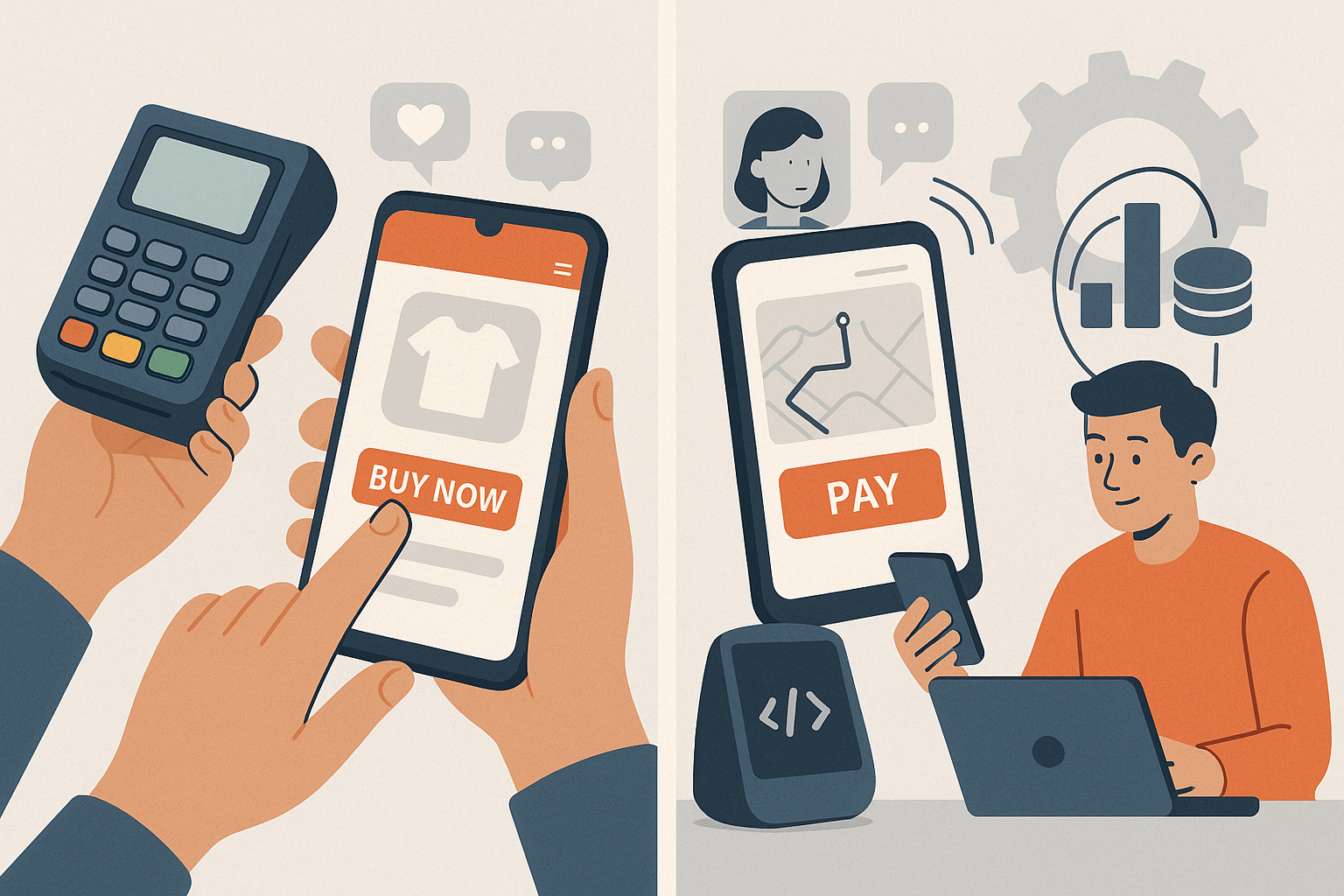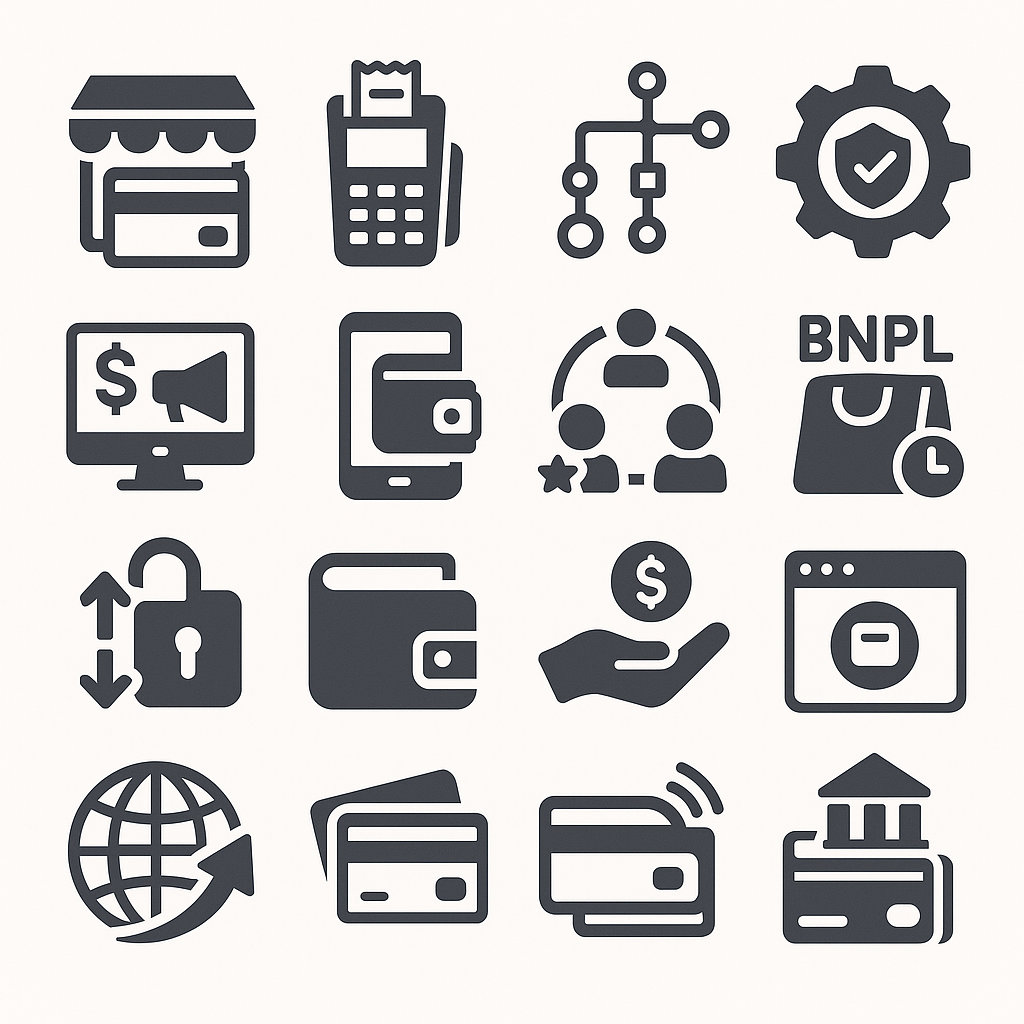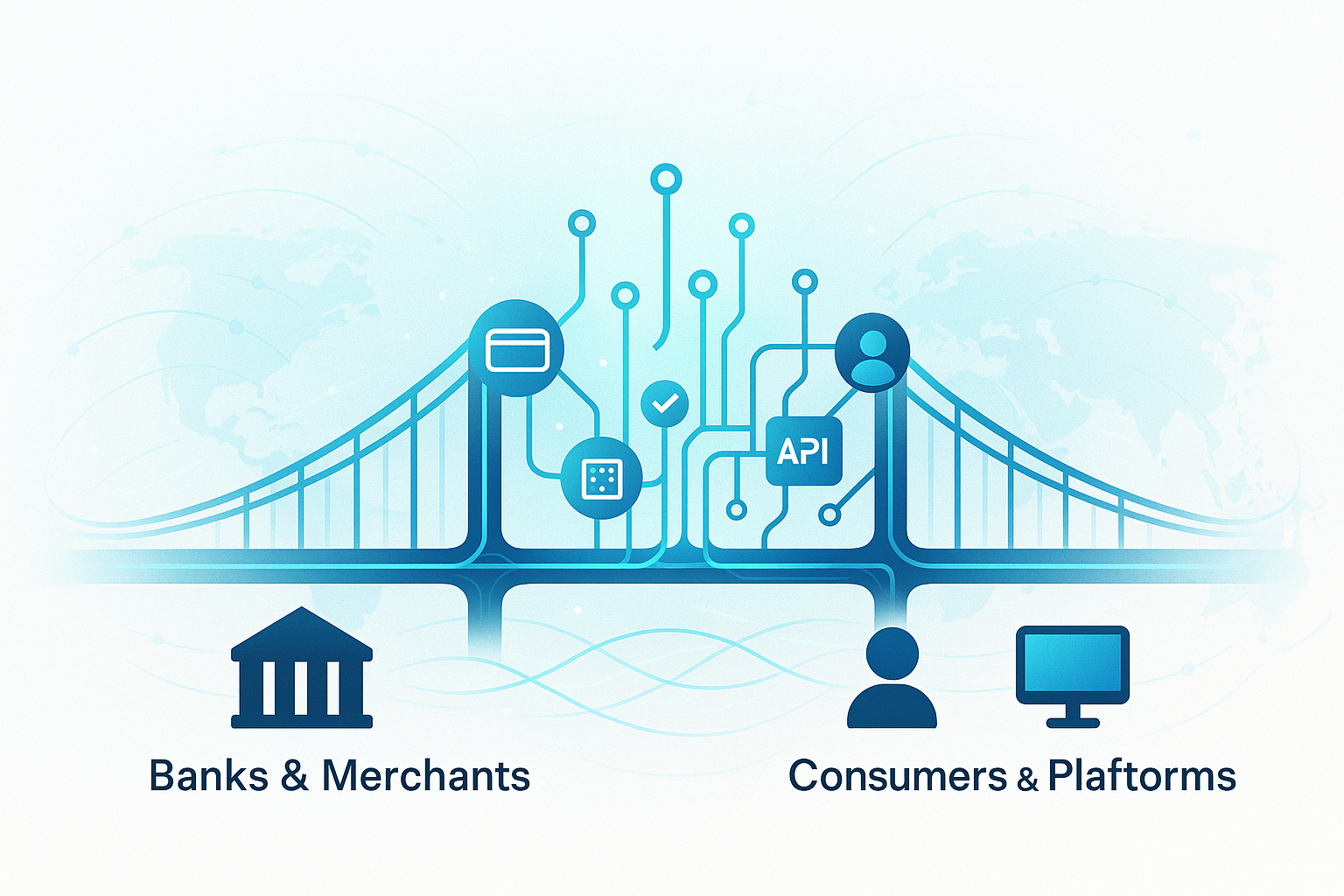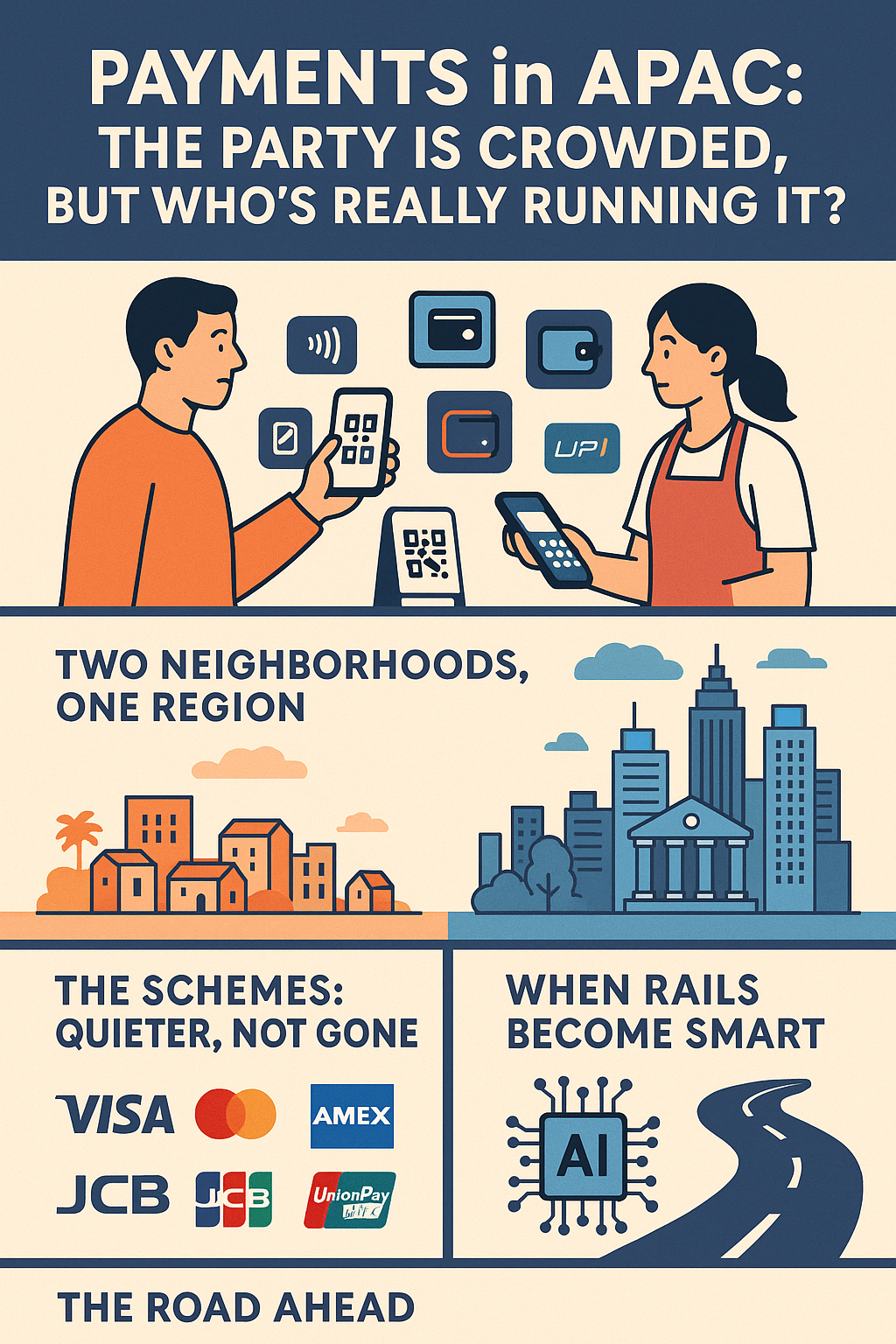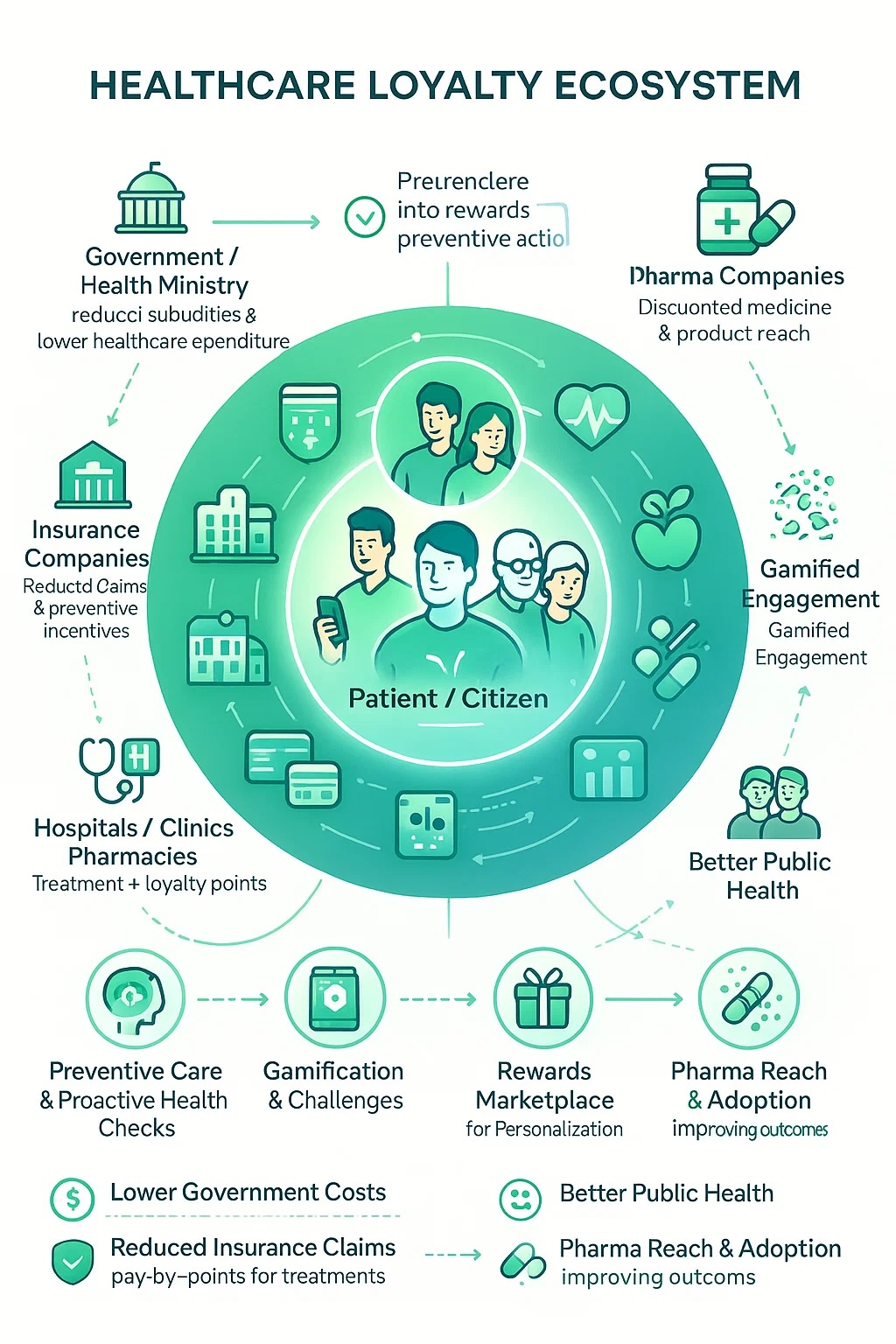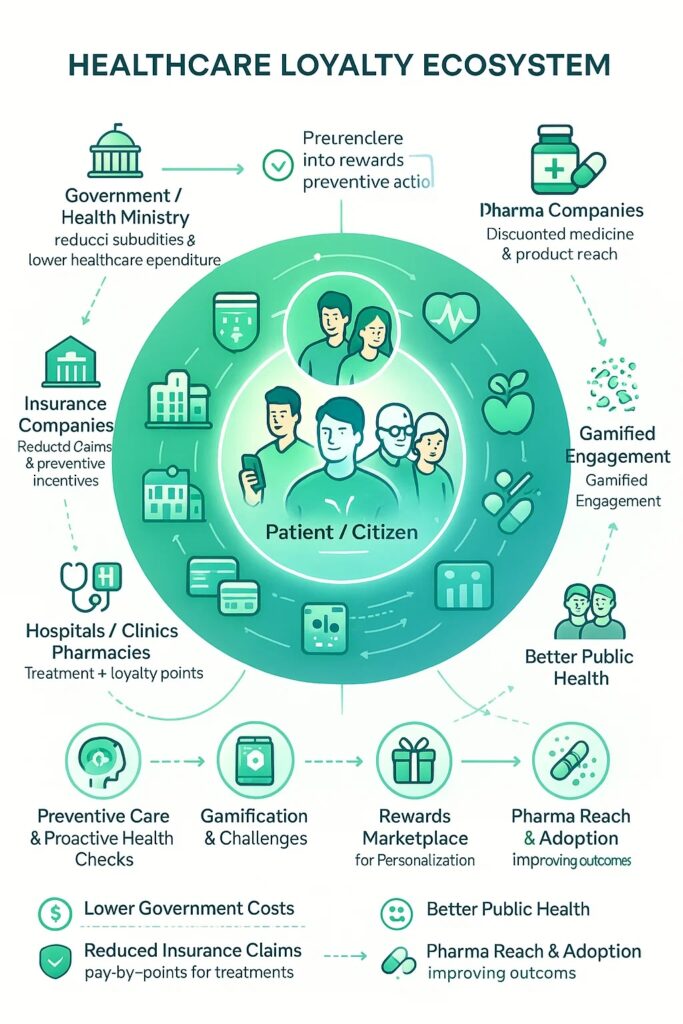For years, banks have been telling customers that rewards points are “as good as cash.”
In reality, they’re not.
Points are locked inside catalogues, restricted by geography, and often expire before the customer can redeem anything meaningful. Cross-border travel, multi-country lives, and global e-commerce have exposed how outdated most loyalty programs really are.
Now imagine a different reality:
- Your customer earns points in Singapore.
- Converts them into a regulated, tokenized asset.
- Spends them instantly at a POS terminal in Tokyo, or online with a merchant in London.
- No clunky catalogues, no opaque FX, no “please allow 7–10 working days.”
That’s the promise of crypto-based loyalty programs for banks – not meme coins and speculation, but tokenized valuethat’s programmable, portable, and usable at the point of sale.
Let’s break down what this could look like.
What’s broken in today’s bank loyalty programs
Most bank loyalty systems were designed for a very different era:
- Closed and fragmented
- Points are locked to one bank, one geography, one catalogue.
- Cross-border redemption is either impossible or painfully manual.
- Poor real-time utility
- Customers can’t easily use points “in the moment” at POS.
- Redemption journeys are separate from the payment flow.
- Hidden economics
- Breakage is high, but so is operational cost and partner friction.
- FX, settlement, and reporting across partners is messy and slow.
- Customer frustration
- Complicated rules, blackout dates, minimum redemption thresholds.
- The perceived value of points is much lower than the cost to the bank.
In short: traditional points are trapped value. Tokenization is a way to unlock and orchestrate that value.
What do we mean by “crypto-based” loyalty?
Forget speculative coins. Think regulated, bank-led digital tokens:
- Each loyalty point (or bundle of points) is represented as a token on a controlled ledger (which could be a permissioned blockchain or tokenized ledger managed by the bank / consortium).
- Tokens can be:
- Earned from banking activity (spend, bill payments, product usage).
- Converted from existing points into token form.
- Redeemed or spent at POS or online, just like currency, within rules set by the bank.
Depending on regulation and design, these tokens might be:
- A closed-loop utility token (usable only with participating merchants & partners).
- Or a stablecoin-like instrument pegged to fiat value (e.g., 1 token = 1 unit of local currency equivalent), with clear AML/KYC controls.
The key shift: points become programmable value that can move across countries, partners, and channels in a standardized way.
How cross-border and POS use cases come to life
Here’s how a crypto-native loyalty system could work in practice.
1. Cross-border earn & burn
- Customer spends on a bank card in Country A.
- Earns loyalty tokens, visible in the bank’s app in near real time.
- While travelling in Country B, the customer:
- Pays at a partner merchant’s POS.
- Chooses “Pay with Tokens” or “Pay with Tokens + Card” in the payment flow.
- The system:
- Converts token value to local fiat equivalent using agreed FX logic.
- Settles with the merchant in local currency.
- Updates token balance instantly.
No catalogue, no vouchers, no “redeem miles for shopping” hacks. Just earn here, use there.
2. Pay-with-points at POS
At POS, the bank can expose token-based loyalty as another tender type:
- The terminal or online checkout queries the bank’s loyalty/token service.
- Customer sees options:
- Pay fully with tokens
- Part-pay with tokens + card
- Or keep tokens for later
- A simple UX (“Use 5,000 points to save $20?”) but backed by a token transfer on the bank’s ledger.
This lets banks move from “earn and forget” to real-time, in-journey rewards.
3. Global partner ecosystem
Because tokens sit on an interoperable ledger, partner onboarding becomes easier:
- Airlines, hotels, marketplaces, and retail chains can all plug into the same token rails.
- Banks can support:
- Instant point swaps between brands
- Joint promotions powered by shared token pools
- Multi-country campaigns without building 10 different catalogues
The more partners join, the stronger the network effect.
Why banks should care
This isn’t just a shiny tech upgrade. It drives real business value:
- Deeper engagement & higher spend
- Real-time, usable value at POS encourages more card usage and product adoption.
- Cross-border usability makes your card the “top of wallet” when customers travel.
- Better economics & lower breakage risk
- Tokenization improves tracking, pricing, and forecasting of loyalty liabilities.
- Programmability allows smart rules: dynamic earn rates, expiry, and partner-funded rewards.
- Interoperability instead of one-off integrations
- One token standard can support many partners and markets.
- This reduces long-term integration and ops costs compared to bespoke catalogue builds.
- New revenue streams
- Partner onboarding fees, token float income (where compliant), data & insights monetization.
- Premium services for high-value customers (e.g., instant FX-free redemption, curated partner access).
- Strategic positioning for the “programmable money” era
- CBDCs, stablecoins, and tokenized deposits are coming.
- A token-based loyalty layer is a safe way for banks to learn, experiment, and build capabilities without betting the core balance sheet.
Design choices that matter
To make this real (and not just a slide in a strategy deck), banks need to get a few things right:
- Regulation & compliance first
- Work closely with regulators on token classification, AML/KYC, and cross-border flows.
- Decide: Are tokens purely a loyalty construct, or quasi-monetary? Where can they be redeemed for cash, if at all?
- Stable value, not volatility
- Customers should never feel like their points are “trading.”
- Peg tokens to a predictable value (e.g., 100 points = 1 unit of fiat-equivalent) and keep pricing rules transparent.
- Ledger & infrastructure choices
- Permissioned blockchain vs tokenized internal ledger.
- Single-bank vs multi-bank consortium vs scheme-led rails.
- Integration into core banking, card systems, and POS networks.
- FX & cross-border settlement logic
- Who bears FX risk and how is it priced into token redemption?
- How are merchants settled in their local currency while loyalty value is managed centrally?
- Customer experience
- Simple, intuitive UX: “You have 12,500 points. Use 5,000 to save SGD 20 today?”
- Clear visibility of:
- Earn history
- Redemption history
- Value in different currencies / countries
If customers need a whitepaper to understand how to use points, the design has failed.
What’s the practical starting point?
For most banks, the journey doesn’t need to start with a big-bang replacement.
A realistic roadmap could be:
- Phase 1: Tokenize existing points “behind the scenes”
- Move from batch-based points ledgers to a token-based ledger.
- No customer change yet, but you get real-time visibility, better accounting, and a modern foundation.
- Phase 2: Introduce pay-with-points at POS in home market
- Start with a few strategic merchants.
- Let customers part-pay with points through existing cards or app-based QR.
- Phase 3: Extend cross-border & partner network
- Partner with regional merchants, travel companies, and marketplaces.
- Support redemption in 1–2 additional markets with clear governance and FX rules.
- Phase 4: Consortium or scheme-level collaboration
- Explore multi-bank or card-scheme led rails that standardize token specs and acceptance.
- This is where network effects and serious scale kick in.
Closing thought
Banks have been sitting on billions in unspent loyalty value.
Crypto and tokenization are not about turning banks into exchanges.
They’re about finally making loyalty live up to the promise of being “as good as cash” – usable, portable, and relevant in the moment of payment, across borders and channels.
The institutions that move first will not just have a “cool loyalty program.”
They’ll own the rails on which the next decade of programmable rewards and everyday digital value will run.
